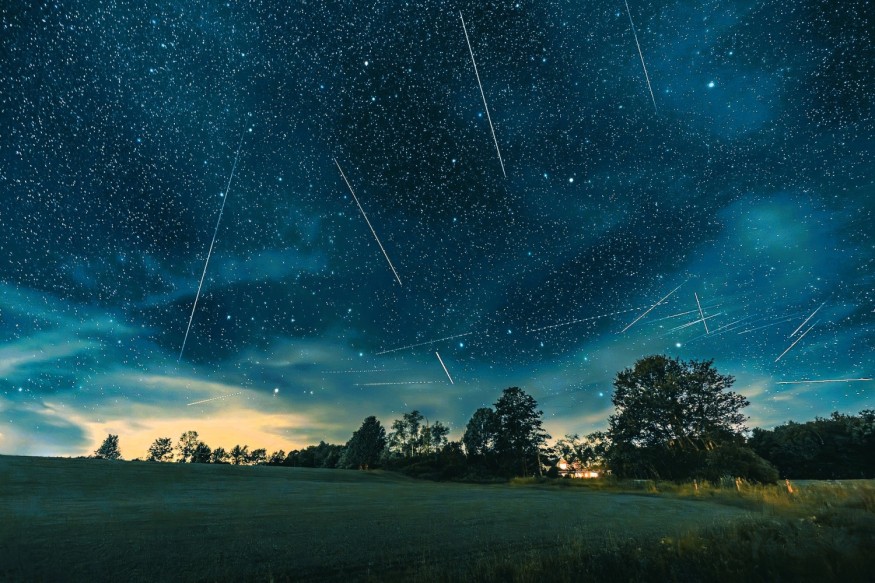
The 2023 Draconid meteor shower, which can be seen without binoculars, will peak from the evening of October 8 through the morning of October 9.
Meteor Shower in the Morning and No Binoculars Needed
Despite the fascination surrounding meteor showers, their peak viewing times can pose challenges due to late-night hours conflicting with natural sleep cycles. However, this obstacle becomes inconsequential during the upcoming meteor shower.
As per EarthSky, the 2023 Draconid meteor shower will attain its zenith in the late evening of October 8, extending into the early morning of October 9. This particular meteor shower uniquely favors evening observation, unlike most others that typically peak around midnight. This deviation arises from the radiant point's elevated position in the night sky at this juncture.
It's worth noting that binoculars won't be necessary when observing from locations distanced from urban light pollution. Stargazers can anticipate a convenient opportunity to relish the meteor shower spectacle without disturbing their sleep patterns.
Draconid Meteor Shower
When Earth traverses the debris trail left by celestial bodies like comets or asteroids, meteor showers occur. The parent comet of the Draconids is 21P/Giacobini-Zinner, with a 6.6-year orbit around the sun. Typically, this event yields around 10 meteors per hour, but sporadically, it erupts into a meteor storm, producing thousands of meteors per hour. The last notable outburst occurred in 2011 when Europe witnessed up to 600 meteors per hour.
The number of meteors during a shower's peak depends on which part of the comet's tail intersects Earth's orbit. Even minuscule particles, as tiny as grains of sand, can create captivating streaks in the night sky. As a tribute to Michael Giacobini, the discoverer of the comet, the Draconids are sometimes called the Giacobinids.
2023's Sighting and Peak
The Draconids, a short-lived meteor shower, will grace the skies from October 6 to October 10 this year. The evening of October 8 is the prime viewing time when the shower reaches its peak. Just after dusk, skywatchers can step outside and start observing the meteor shower.
Skywatchers should seek out a location with dark skies and as little light pollution as possible to see the Draconids. After around 20 minutes of letting their eyes adjust, skywatchers can just simply glance up at the sky once they are outside in the dark, no need for binoculars to enjoy this one.
Despite being visible throughout the sky, the meteors will appear to come from the constellation Orion, after which this shower is called.
More Meteor Showers Ahead
The Orionid meteor shower, which peaks as the Earth travels through Halley's Comet's cometary tail, will come after the Draconid meteor shower. The peak of the Orionid activity should occur on the night of October 21 into the early hours of October 22. The Orionids are currently active, lasting from September 26 to November 22. A few fireballs and an estimated 10 to 20 meteors per hour should be produced.
© 2025 NatureWorldNews.com All rights reserved. Do not reproduce without permission.





